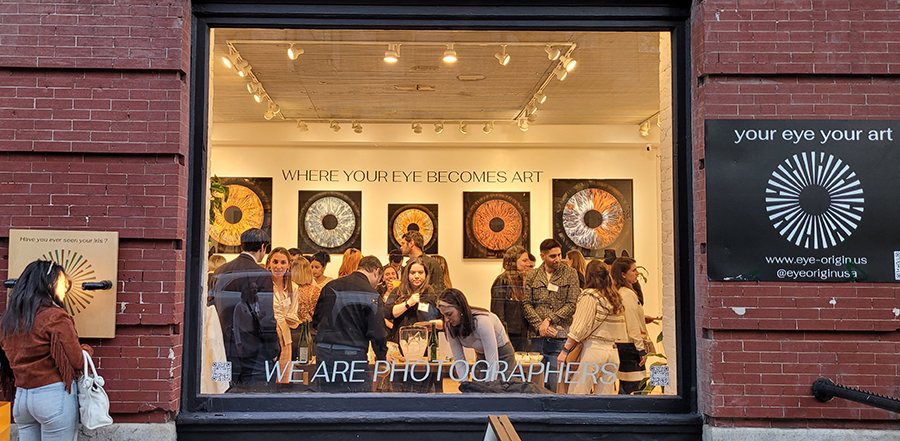Today’s most effective PR goes well beyond placements and impressions, focusing instead on the subtle craft of shaping culture itself. Cyrine Meganem, founder of PRTNRS PR & Communications, explores how brands are moving from visibility to influence, co-engineering moments that resonate, inspire, and stick with audiences. Read on to learn why cultural engineering—understanding context, timing, and audience behavior—is now the true measure of PR success.

Eye Origin Soho: Utilizing public relations and events to make the unfamiliar recognizable
There was a time when the success of a publicist could be measured by the thickness of a press-clipping book. Then came dashboards, media-value calculators, and quarterly recaps of “earned impressions.” Somewhere in between, the industry started confusing coverage with cultural presence. Yet the most resonant brands right now aren’t the ones that appear everywhere; they’re the ones that subtly shape the atmosphere of the moment. They don’t just join culture, they co-engineer it.
Cultural engineering isn’t a department, it’s a mindset: the quiet skill of understanding how people interact, what they celebrate, and how a brand can live within that rhythm without shouting. It’s what turns collaborations like between hummus and olive oil Ithaca Hummus and Graza or seasonal drops from PopUp Bagel or Beis turn into viral phenomenon. It’s also what makes Vogue launching the DOGUE covers, GQ naming Kim Kardashian Man of the Year and Martha Stewart’s Sports Illustrated swimsuit cover feel less like a surprise and more like a cultural inevitability.
The landscape of media is increasingly visual, emotional, and situational. Yes, Hot Ones and Chicken Shop Date taught us that the format can be the story, but cultural engineering goes further than that. It lives in how brands craft context, how they position themselves in moments people already care about, and how they build participation rather than waiting for attention.
Cultural resonance, however, is a thin line to walk. It takes more than saying “slay,” “have rizz,” or “serve” to sound relevant. The difference between resonance and imitation lies in intention. Authenticity isn’t about acting fluent in internet language; it’s about understanding why something resonates before trying to borrow its rhythm.
The publicist’s job hasn’t disappeared; it has expanded. Securing a placement still gives a brand authority, but authority alone doesn’t sustain interest. The opportunity now lies in the layer that follows, in how a placement, an award, or an appearance evolves into an ongoing cultural role. When a product quietly appears on a show that aligns with its audience, when a founder earns recognition that reframes their category, or when a dinner becomes a story photographed, posted, and shared far beyond the table, that’s cultural engineering at work.
It’s the space where storytelling meets setting. Where credibility meets curiosity.
The most skilled publicists today think in terms of orchestration: timing, tone, and the subtle choreography of moments. They know that a great story doesn’t need to shout to be heard; it needs to land in the right room at the right time, among the right people who can carry it forward.
We are operating in a landscape where audiences want to recognize themselves in the stories they consume, and where being everywhere is less important than being meaningful somewhere.
In an age of algorithmic feeds and AI-written headlines, cultural engineering restores what machines can’t simulate: instinct. The sense of timing that understands when a conversation is peaking and how to join it without forcing relevance. The ability to spot cultural tension before it trends, and to respond with wit rather than speed.
The next frontier of public relations won’t be measured in impressions but in impact, the kind that makes people reference, remix, and repeat. To engineer culture is to design meaning at scale, to create the settings where stories don’t just appear but evolve.
Because in the end, the best PR isn’t about being seen everywhere. It’s about being felt somewhere first.